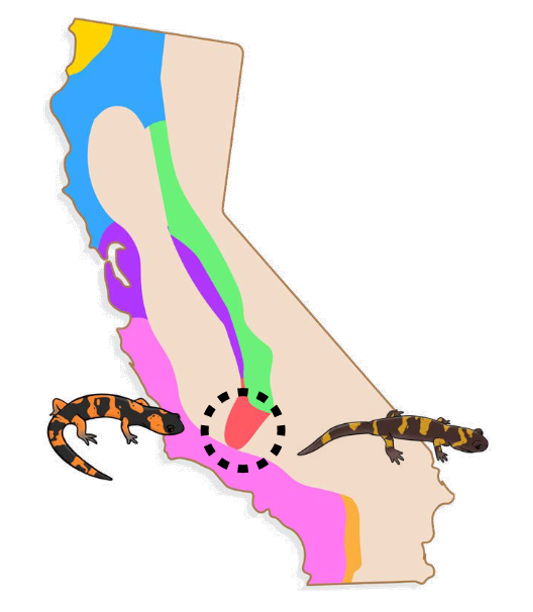We said that there is no one way to define a species. In fact, scientists use different definitions depending on what they're studying. Now we call these different definitions species concepts, because they're different conceptual ways that we could think about how we group organisms. Now while there are many species concepts, we're going to be talking about the biological species concept in a lot of detail here. And that's because you are very likely to be responsible for this, and it is also the most commonly used species concept.
So let's see how we define species under the biological species concept. We're going to say that different species are reproductively, reproductively isolated from each other. Alright? So our test here is this idea of being reproductively isolated. Well, what does that mean?
Well, reproductive isolation, we're going to define as the existence of a barrier of some sort that prevents gene flow between species. Right? Gene flow, remember, makes populations more similar to each other. And being different species, we're saying that these two groups are clearly different things. So we need to block gene flow to call these things different species.
Now we're going to have sort of a 2 part test, therefore, to see if things are different species. And while our populations need to pass one of the two parts of this test, the first part of the test is, do they mate with each other? So we're going to say that different species have no potential to interbreed in nature. Right? So for example, here we have humans and we have chimpanzees.
They're a closely related species, but I know they are different species because given the opportunity, a human and a chimpanzee are just never going to mate with each other. They are just not interested. We know this because humans and chimpanzees have been living in the same areas of Africa for a million years, and they have never interbred. Right? So these things are clearly reproductively isolated from each other.
They're different species. Alright. But what if species do try to mate with each other? Well, then it takes us to the second part of the test. If they do try to mate, well, we're going to say that they do not produce either viable or fertile offspring.
Now viable means able to survive, fertile means able to reproduce. So the classic example here, we have the horse and the donkey or Equus ferus and Equus asinus. Given the opportunity, these species will mate with each other. And when they do, well, they produce a viable offspring. They produce a mule, this horse-donkey hybrid.
In fact, mules are quite strong. They're great farm animals, but you may know mules are sterile. They're not fertile. And so that blocks gene flow because this mule, this hybrid can't go back and mate with either parent species and pass those genes. Right?
So the horse and the donkey, clearly different species. They are reproductively isolated from each other. Alright. I want to emphasize reproductive isolation here one more time, because I want to say, well, that's our test for whether things are different species. But I also want to say that speciation, the process itself of becoming different species, can only occur if there is reproductive isolation.
So the process of speciation starts with populations becoming reproductively isolated, and then we're going to use reproductive isolation as our test to see whether things are different species under the biological species concept. So we're going to be talking about reproductive isolation quite a bit going forward. I think it'll be fun. I'll see you there.


